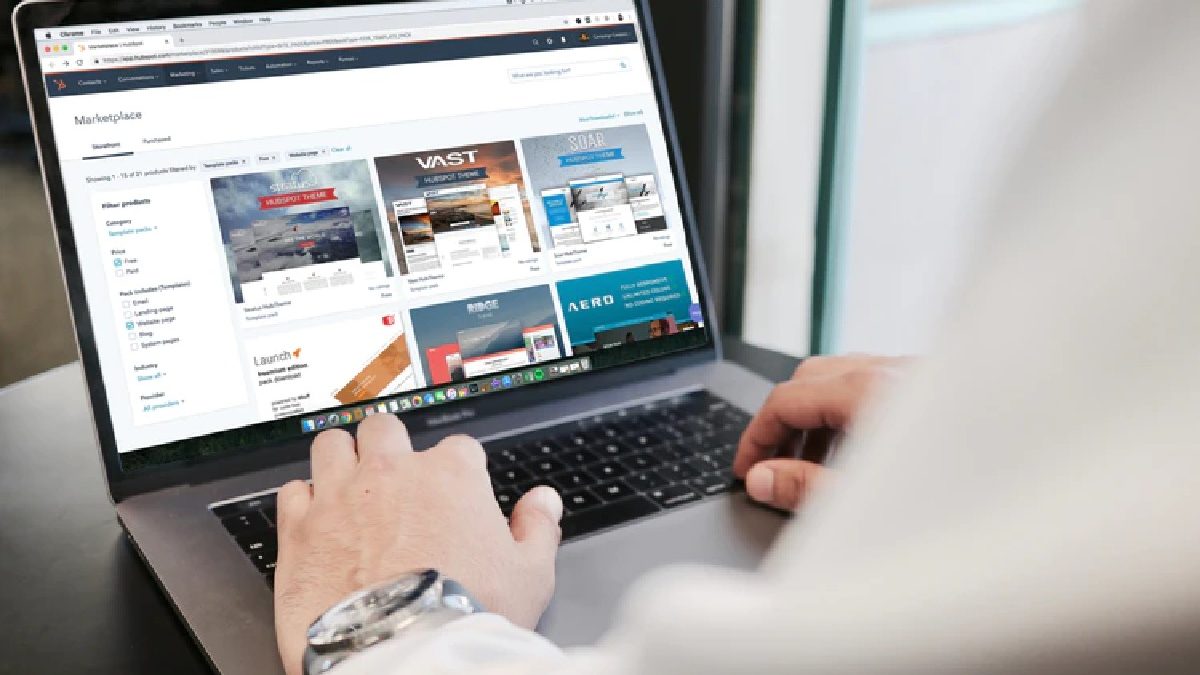Accessibility Mistakes and Misconceptions When Designing Your Website – A website is one of the most powerful marketing assets for every business. It helps you build brand awareness and reputation. Also, it can be instrumental in positioning your business as an industry authority. You can even use your business website to generate qualified leads and drive conversions.
However, designing an eye-catching website and optimizing it for search engines isn’t enough. You also need to ensure that your website is accessible to all visitors, including individuals with disabilities. This, in turn, makes it imperative for website developers and business owners to prioritize web accessibility.
While web accessibility has become a hot topic among entrepreneurs, marketers, and developers, it’s yet to become the norm. The growing number of web accessibility lawsuits further highlight the need for more awareness and consideration about the topic.
Many business owners still think of accessibility as a necessary evil that’s going to ruin their website. Others perceive it as a laborious and time-consuming process.
The only way to make accessible websites more prevalent is to debunk all the myths associated with them. In this blog, we’ll delve deeper into a few web accessibility myths and misconceptions that you need to watch out for. Let’s get started.
Table of Contents
1. People with Disabilities Won’t Use My Website
Here’s the thing – roughly 15% of the world’s population lives with some form of disability. Most of them are employed and possess buying power at par with that of non-disabled individuals. Also, consumers with disabilities are more likely to rely on the internet to fulfill basic needs, such as ordering food or paying their bills.
Irrespective of whether you own an online grocery store or a pharmacy, chances are consumers with disabilities comprise a huge fraction of your target demographic. Thus, making your website accessible to these users should be of the utmost priority.
Also, it’s unfair to think that people with specific disabilities would never use your products/services. For instance, if you’re selling skateboards, you can’t presume that people with vision loss won’t purchase your products. While they may not use skateboards, they can always buy them as a gift for a friend or family member.
2. Accessible Websites are Dull & Ugly
Yes. There was a time when making your website compatible with assistive technology meant you couldn’t use any visual web elements, such as images and videos. However, screen readers and other forms of assistive tech have come a long way.
For instance, new-age screen readers can interpret any image on your website as long as you provide an accurate and descriptive alternative text. Likewise, screen readers can help vision-impaired users perceive and understand videos with the help of transcripts and captions.
Likewise, others argue that the Web Content Accessibility Guidelines (WCAG) 2.1 prohibit you from using lighter colors on your website. In reality, however, the WCAG 2.1 guidelines only recommend that you need to maintain a high text to background contrast ratio.
Apart from helping users with color blindness and cognitive disorders, it improves the overall visual appeal of your website. Thus, making your website accessible no longer puts any constraints in terms of site design and architecture.
Instead, it can go a long way to improve your website’s user experience. For instance, alt texts for images aren’t just useful for vision-impaired users. They also come in handy when a website visitor’s internet connection is slow.
Likewise, adding closed captions for videos doesn’t just help users with hearing impairments. It also helps when someone is browsing your website at their workplace and doesn’t want to play a video out loud.
3. Implementing Web Accessibility Expensive & Time-Consuming
Of course, making your website accessibility inclusive involves various steps, such as changing the color palette, enabling keyboard navigation, optimizing site architecture, etc. It’s only natural to think that hiring a full-time developer for this purpose will involve a hefty pocket pinch.
On top of that, continually redesigning and re-coding your website can be a complex and lengthy process. This is precisely what dissuades many entrepreneurs and marketers from prioritizing web accessibility.
However, in today’s day and age, implementing web accessibility can be as hassle-free and affordable as adding a single line of JavaScript code into your website. All you have to do is use an automated AI-driven web accessibility solution, such as accessiBe or a website testing and optimization platform like DynoMapper.
4. Web Accessibility Plugins Work Just Fine
Web accessibility plugins, such as User Way and WP Accessibility, might seem like a quick and cost-effective solution. However, these plugins only make superficial changes, such as resizing text and adjusting the contrast ratio, to make your website accessible.
In most cases, web accessibility plugins do nothing to fix deep-rooted web accessibility issues associated with site navigation, keyboard access, and screen reader support. This, in turn, means your website won’t be ADA and WCAG 2.1 compliant despite using an accessibility plugin.
5. Web Accessibility is Optional
When it comes to website accessibility, this is one of the biggest mistakes website owners, marketers, and entrepreneurs make. Many laws, including the ADA, have made it legally mandatory for businesses to make their digital assets, such as websites and mobile apps, accessible to all users.
If a business fails to comply with these laws and regulations, it could soon be on the receiving end of numerous lawsuits from consumers with disabilities. Many renowned brands, including Domino’s Pizza and Netflix, have had to learn this the hard way.
It is, therefore, safe to say that if your business offers products or services to the public for a profit, you must make your online presence accessible. Website accessibility is no longer a novelty that businesses can afford to toy around with.
What steps are you taking to make your business website accessible? Share your suggestions in the comments section below.

